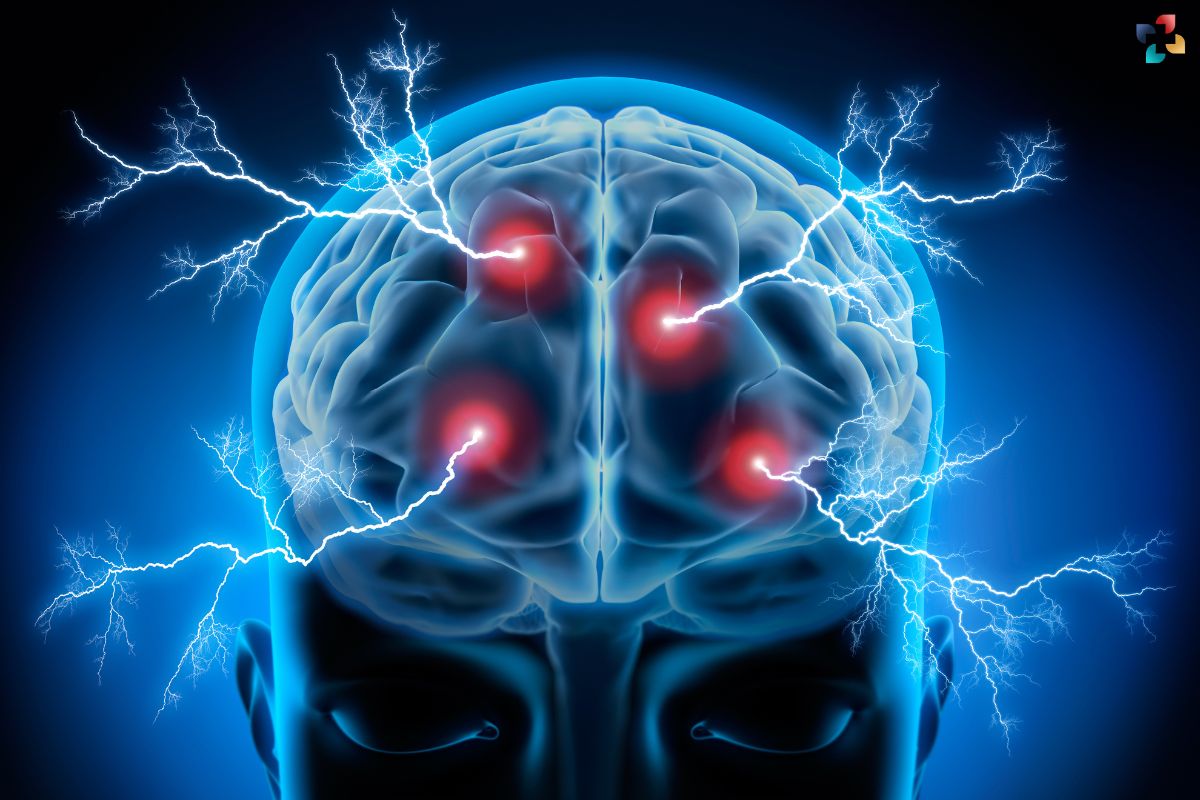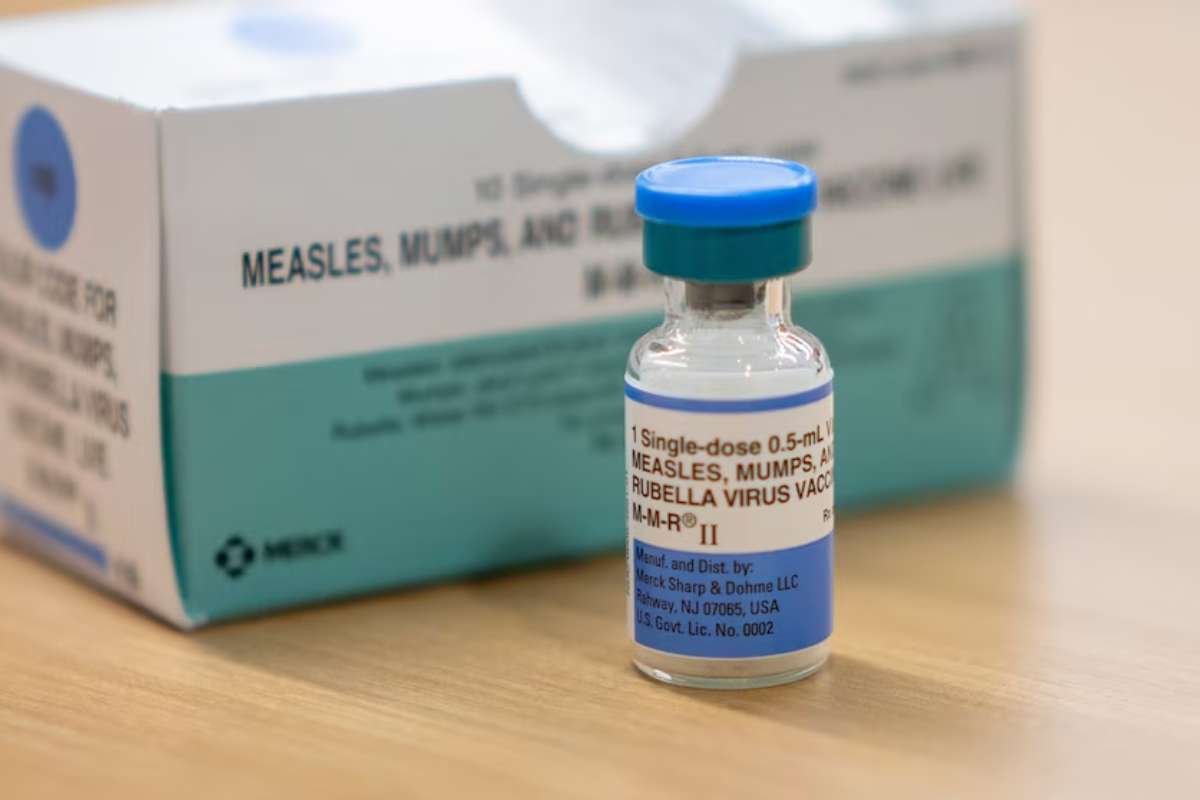In today’s fast-paced world, cognitive health is a growing concern, especially as the global population ages. Mild Neurocognitive Disorder (MND) has garnered attention as a condition that lies between normal aging and more severe forms of cognitive impairment, such as dementia. Understanding Mild Neurocognitive Disorder, its symptoms, diagnosis, and management is crucial for those affected and their families. This article delves into the intricacies of MND, providing comprehensive insights into this condition.
What is Mild Neurocognitive Disorder?
Mild Neurocognitive Disorder, as defined in the Diagnostic and Statistical Manual of Mental Disorders (DSM-5), is characterized by a noticeable decline in cognitive function that is greater than expected with normal aging but does not interfere significantly with daily activities. It involves impairments in memory, attention, language, and other cognitive domains. Unlike major neurocognitive disorders, such as Alzheimer’s disease, MND does not severely disrupt an individual’s ability to perform routine tasks.
Symptoms of Mild Neurocognitive Disorder
Identifying this disorder can be challenging due to its subtle symptoms. Common signs include:
- Memory Loss: Individuals may experience frequent forgetfulness, such as misplacing items or struggling to recall recent events.
- Difficulty with Complex Tasks: Tasks that require planning, decision-making, or problem-solving may become increasingly challenging.
- Language Problems: Finding the right words, following conversations, or understanding complex information can become difficult.
- Attention Deficits: Sustaining attention on tasks or multitasking can be problematic.
- Visuospatial Difficulties: Recognizing familiar places, navigating, or understanding spatial relationships may be impaired.
- Executive Function Decline: This includes difficulties with organizing, prioritizing, and managing time effectively.
Causes and Risk Factors

Mild Neurocognitive Disorder can arise from various factors. These include:
- Aging: The natural aging process is the most significant risk factor.
- Genetic Predisposition: A family history of neurocognitive disorders increases the risk.
- Medical Conditions: Conditions like hypertension, diabetes, and heart disease can contribute to cognitive decline.
- Brain Injuries: Traumatic brain injuries can lead to cognitive impairments.
- Lifestyle Factors: Poor diet, lack of physical activity, and smoking can increase the risk.
- Psychiatric Conditions: Depression, anxiety, and chronic stress can also play a role.
Diagnosis of Mild Neurocognitive Disorder
Diagnosing this disorder involves a thorough assessment by healthcare professionals. The process typically includes:
- Medical History: A detailed history of the individual’s health, lifestyle, and family history.
- Cognitive Testing: Standardized tests to evaluate memory, attention, language, and other cognitive functions.
- Physical Examination: To rule out other medical conditions that may cause similar symptoms.
- Neuroimaging: MRI or CT scans to identify any structural changes in the brain.
- Laboratory Tests: Blood tests to check for deficiencies or other medical issues.
Early diagnosis is crucial for managing Mild Neurocognitive Disorder effectively. It allows for timely interventions that can slow the progression of cognitive decline.
Management and Treatment
While there is no cure for this disorder, various strategies can help manage symptoms and improve quality of life. These include:
- Medications: Certain medications may help improve cognitive function or manage symptoms like depression and anxiety.
- Cognitive Rehabilitation: Therapy focusing on improving specific cognitive skills through exercises and activities.
- Lifestyle Modifications: A healthy diet, regular physical exercise, and mental stimulation are essential.
- Support Systems: Family support and counseling can help individuals cope with the emotional impact of the disorder.
- Management of Underlying Conditions: Treating hypertension, diabetes, and other conditions that may contribute to cognitive decline.

Lifestyle and Preventive Measures
Adopting a healthy lifestyle can significantly reduce the risk of developing Mild Neurocognitive Disorder. Key preventive measures include:
- Balanced Diet: Consuming a diet rich in fruits, vegetables, whole grains, and lean proteins.
- Regular Exercise: Engaging in physical activities like walking, swimming, or yoga.
- Mental Stimulation: Activities like reading, puzzles, and learning new skills can keep the brain active.
- Social Engagement: Maintaining social connections and participating in community activities.
- Adequate Sleep: Ensuring sufficient and quality sleep to support cognitive health.
- Stress Management: Practicing relaxation techniques such as meditation, deep breathing, and mindfulness.
Living with Mild Neurocognitive Disorder
Living with Mild Neurocognitive Disorder requires adjustments and support from family and friends. Here are some practical tips:
- Routine and Organization: Keeping a consistent daily routine and using tools like calendars and reminders.
- Environmental Modifications: Making the living environment safe and accessible.
- Open Communication: Encouraging open and honest conversations about feelings and challenges.
- Seeking Professional Help: Engaging with healthcare providers, counselors, and support groups.
Research and Future Directions
Ongoing research is vital for advancing our understanding of Mild Neurocognitive Disorder. Scientists are exploring various aspects, including:

- Biomarkers: Identifying biomarkers that can aid in early diagnosis.
- Genetics: Studying genetic factors that may predispose individuals to MND.
- Pharmacological Treatments: Developing new medications to slow or halt cognitive decline.
- Lifestyle Interventions: Investigating the impact of diet, exercise, and other lifestyle factors on cognitive health.
- Technology: Utilizing technology for cognitive training and support.
Conclusion
Mild Neurocognitive Disorder represents a significant concern in cognitive health, particularly as the population ages. Understanding the condition, recognizing the symptoms, and implementing effective management strategies can improve the quality of life for those affected. While there is currently no cure, advancements in research and preventive measures offer hope for better outcomes in the future. By fostering awareness and promoting healthy lifestyles, we can work towards mitigating the impact of Mild Neurocognitive Disorder on individuals and society.







